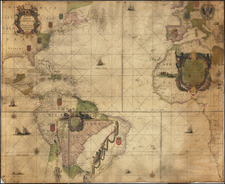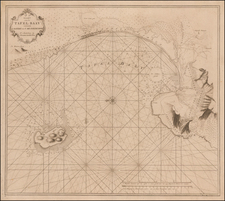Fine mezzotint engraving of Gabriel Mathias' painting of William Ansah Sessarakoo, son of a wealthy African Slave Trader, who was sold into slavery and later became a London celebrity.
The depiction of William Ansah Sessarakoo was based on a 1749 oil painting by Gabriel Mathias, which was reproduced later the same year in this mezzotint by John Faber. The image is atypical of the period, presenting a black person within the formal tradition of European portraiture. More frequently black people were depicted by European artists as servants or slaves. Sessarakoo is shown in British clothing, including an elaborately brocaded jacket and hair styled in a fashionable European shape. Sessaroko is given dignity and gravitas by the artist, making this engraving quite exceptional.
The engraving was published in separate sheets and sold at 1 shilling, 6 pence each. The National Portrait Gallery (London) has two copies of this engraving (see NPG online data base). The British Library and Barbados Museum also have a copy.
William Ansah Sessarakoo was the son of a wealthy Ghanaian and African slave trader. He is best known for being released from slavery in the West Indies and taken to London, where he became a celebrity.
Sessarakoo was the son of a wealthy brafo of the Ghanaian Fante people, based close to a fort established as a trading post by the Dutch at Annamaboe on the West African Gold Coast. His father, known as "John Corrente", was a trader in gold and slaves. He decided to send his son and a companion to Europe to learn European ways of business, to improve his trading prospects. The European captain engaged to transport Sessarakoo took him to Bridgetown in Barbados, where he sold him into slavery. The captain died soon afterwards, but Sessarakoo's father discovered the treachery and refused to deal with English traders until his son was released. To avoid diplomatic problems, the Royal African Company arranged for local merchants to pay for Sessarakoo to be freed.
Sessarakoo was taken to London, where he came under the protection of George Montagu-Dunk, 2nd Earl of Halifax, President of the Board of Trade. He was treated as a foreign prince, the "Prince of Annamaboe" and introduced to George II. He became a celebrity and was compared to Oroonoko, the fictional African prince in the novel by Aphra Behn who was also sold into slavery. He attended a performance of Thomas Southerne's play based on Behn's novel. His portrait was painted in oils by Gabriel Mathias in 1749 and his story was the inspiration for William Dodd's 1749 poem, The African Prince. His memoirs were published in 1750 as The Royal African: or, Memoirs of the Young Prince of Annamaboe. He later returned to Africa.
The biography of Sessarakoo (Sasraku), which saw a second edition in April 1749, was widely advertised in London newspapers and magazines. Its positive depiction of the Royal African Company may have been intended in part as a response to the growing criticism of the company's legal monopoly of the African slave trade, which was challenged, for example, by A Detection of the Proceedings and Practices of the Directors of the Royal African Company of England, since their First Establishment by Charter in 1672, to this Present Year 1748, also published anonymously in February 1749. The Royal African Company was dissolved the following year and replaced by the Company of Merchants Trading to Africa. The baptisms of Sessarakoo (Sasraku) and his companion in the Church of England on November 30, 1749, were noted by the Gentleman's Magazine.
Sessarakoo's life inspired William Dodd in July and August 1749 to publish a fictional poetic correspondence between the prince and the lover he supposedly left behind in Africa. Gabriel Mathias painted Sessarakoo's portrait in 1749. This mezzotint engraving in 1749 by John Faber the younger after Mathias's portrait includes a brief biography of Sessarakoo. The Gentleman's Magazine published an engraved portrait of Sessarakoo in June 1750.









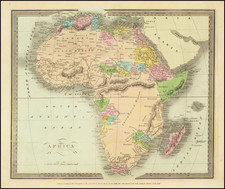
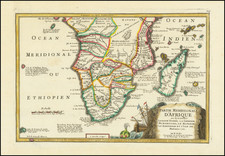
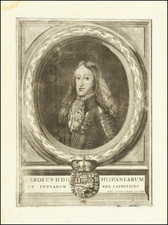
![[Allain Manneson Mallet] Allain Manesson Mallet Parisi Ingeni. Des Camps et Armees Du Roy De Portugal](https://storage.googleapis.com/raremaps/img/small/83576.jpg)
